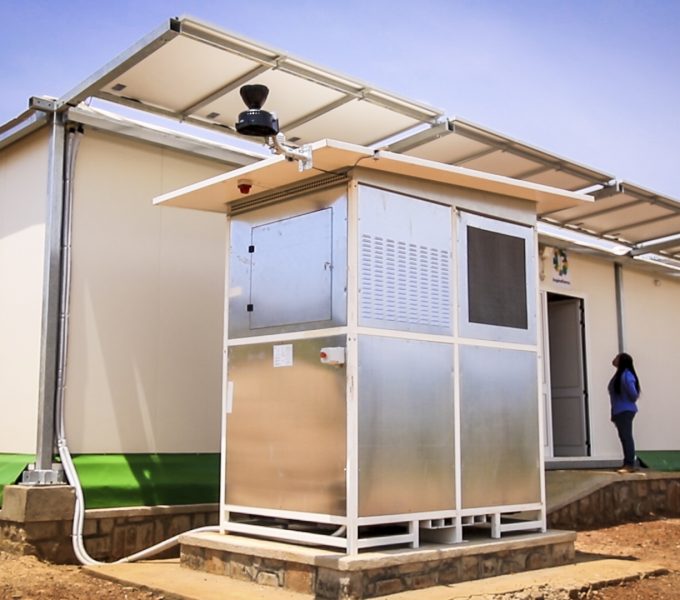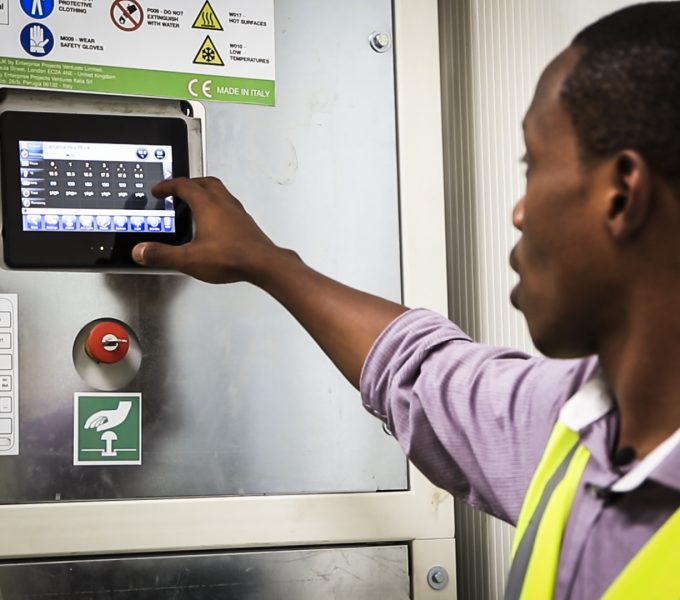# ftnref5The long distances between harvest and distribution points, the lack of cold storage and poor transportation are the main drivers of PHL. Through the gathered data, one perceives levels of PHL can be higher than 30% as a result of a combination of factors, but a unifying theme is lack of cold chain infrastructure close enough to harvest points and the time lag in between harvest and first cold chain access, which causes high levels of over-maturation and dehydration.
In informal markets, over-maturation is the main reason for food losses, attributed directly to the lack of cold storage and infrastructure. Produce in informal markets usually does not enter into the cold chain (for which produce after harvest remains at 24 to 36ºC per day). This greatly reduces the value and shelf life of produce and therefore the amount of the produce that reaches wholesale and then retail.
Bananas without cold storage can have their shelf life reduced to only five days, rather that up to two weeks if they were in cold storage. This means that produce can lose 95%-100% of its market value within a window of two days while accruing physical losses of 30%-45%.
Formal value chains tend to have lower loss levels, ranging from 12% to 25%, as protocol compliance is required by suppliers. In this sector, the main cause of PHL are quality issues due to levels of dehydration, principally attributed to the lack of appropriate cold chain management. This means it is still common for farmers and agribusinesses to have difficulty in performing appropriate temperature management for specific crops.
Pre-cooling – the rapid removal of field heat shortly after the harvest of a crop – is often omitted or not appropriately performed and this is the main cause of early dehydration. Very often farmers do not have access to pre-cooling solutions or believe standard cooling solutions can be applicable.
For example, as reported by a 3rd party logistic provider, only 30%-40% of avocados are properly pre-cooled before being loaded into containers. This represents a quality issue that can result in rejections and losses further down the chain.
A recognised Kenyan exporter of fruit and vegetables reported that even in formal markets, the risk of dehydration is very high due to the long distances between the farms and the first cold storage available. This is then combined with logistical hurdles that increase delivery time and increase shrinkage and mechanical damage meaning dehydration can claim up to 5% of volumes just between collection points and the peri-urban packing center which in turn generates financial losses of up to $100,000/annum.
In this case the first-mile cold storage with pre-cooling capacity, provides additional annual revenues on the same volumes of up to €22,523 just for shrinkage reduction. Cooling within hours can extend the shelf-life of many fresh products from weeks to months, providing additional flexibility on export schedules, improved consistency and quality and reduced vulnerability to volatility.
A similar situation was reported from two agribusinesses in Kenya and Rwanda, who said that before acquiring an InspiraFarms cold storage, they struggled to maintain desired storage temperatures or control of high respiration rates when using reefer containers, which are not designed for cooling.
In the case of the Rwandan agribusiness, they were obliged to deliver to clients the same day they received the produce themselves. And even with a same-day delivery system, product quality was a major issue, with shrinkage being the top cause of PHL. The cold storage with pre-cooling capacity allowed the company to reduce the level of food losses and helped to increase their capacity and client base, moving from initially one, to then five new high-end hotels in the city, and they were able to start sourcing directly from 13 small farmers groups. The company increased their average monthly revenue by 447%.
The Kenyan company, a fresh produce distributor that was using reefer containers for cold storage and ripening management, reported that they incurred high energy costs to compensate for the standard stability of reefer performance and the lack of relative humidity control. Bananas incurred weight loss from increased respiration and a fall in water content, consequently reducing the post-harvest shelf life of the produce. With the integration of 20 cold storage units with ripening control system, the company reduced the rejection rate to 7.5% and the level of energy consumption was reduced from 62kWh to 35kWh per metric tonne.


 In partnership with
In partnership with 
